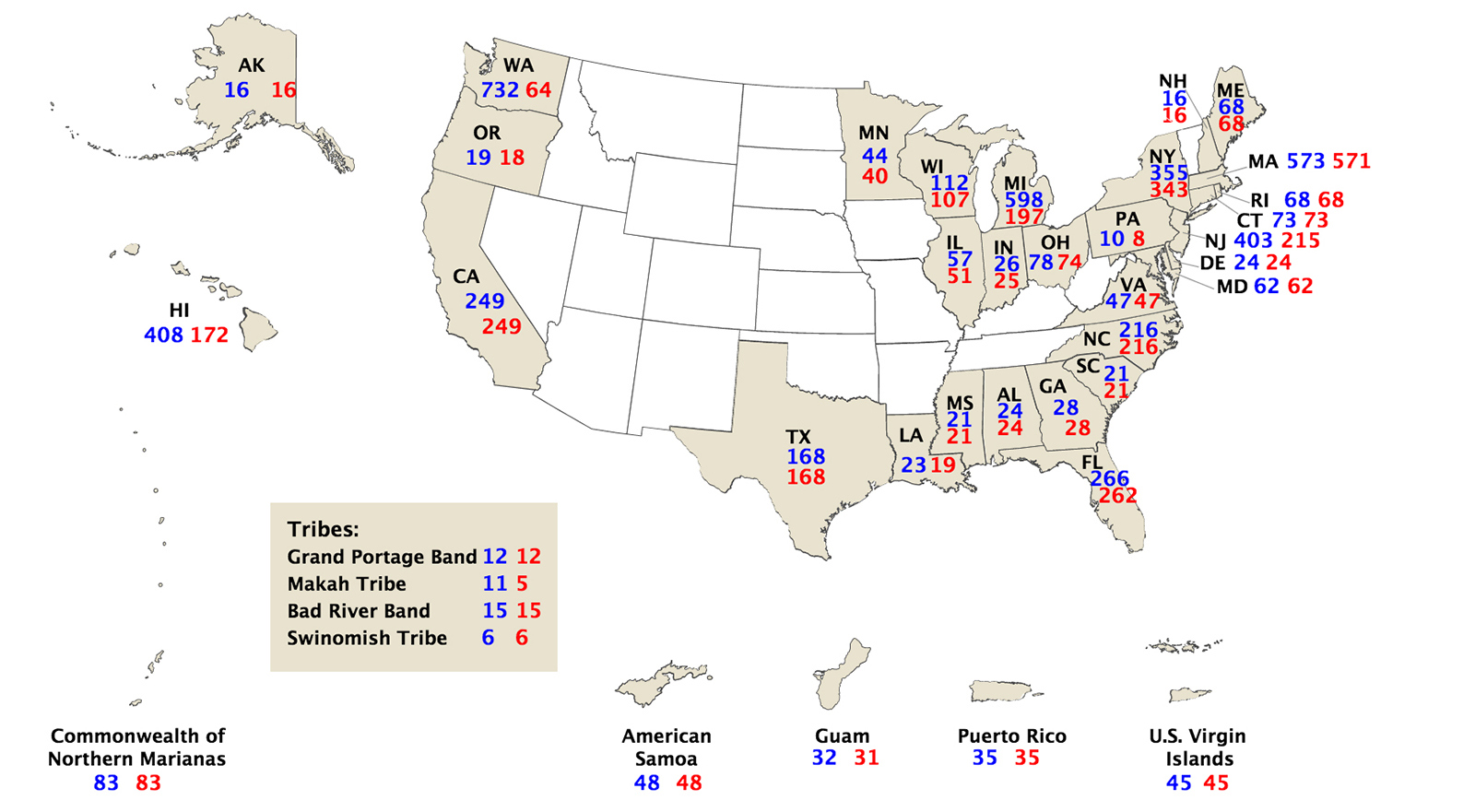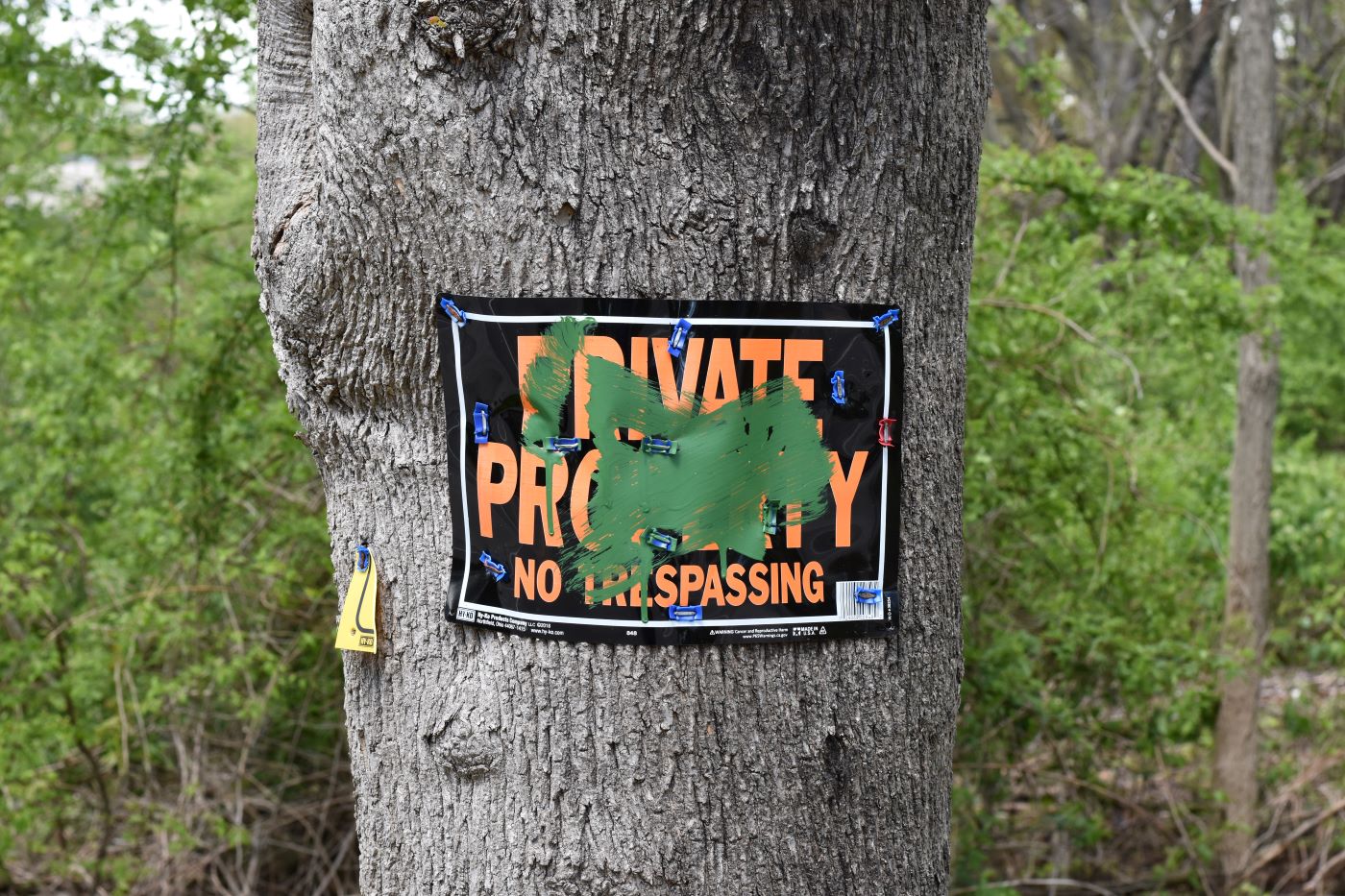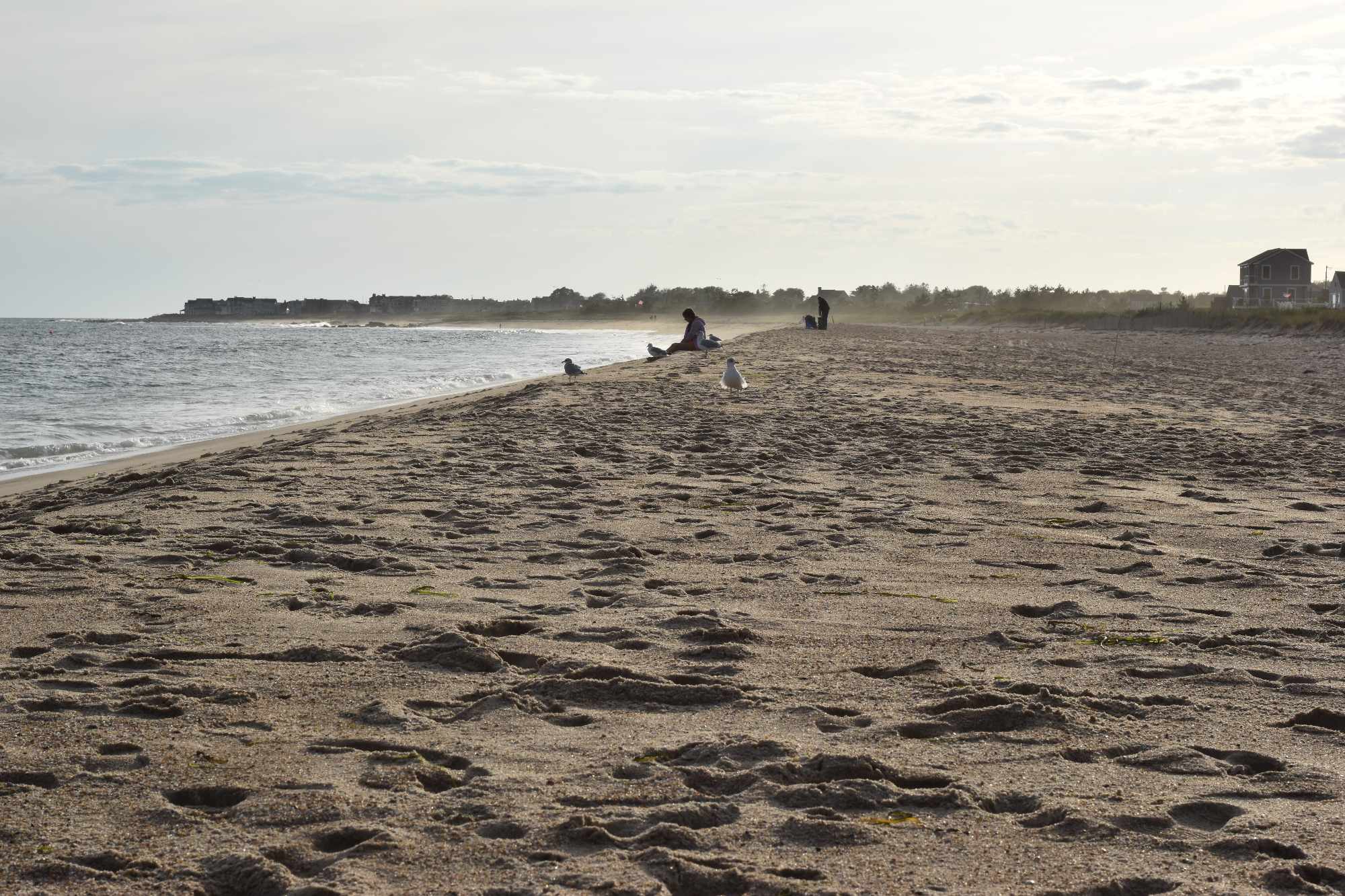Report: Pathogens Pose Public Health Risk at Southern New England Beaches
Half of region’s beaches were unsafe for swimming at least once last summer
July 10, 2023
As beachgoers return to southern New England’s popular marine waters this summer, a new report warns that more work is needed to ensure these beaches are safe for swimming.
Last summer, 361 beaches out of 704 tested (51%) in Rhode Island (35/67/52%), Massachusetts (274/564/49%), and Connecticut (52/73/71%) were potentially unsafe for swimming on at least one testing day, according to Environment America’s annual analysis of bacteria testing. Its 2022 Safe for Swimming? report comes as states decide how much federal and state funding to spend on reducing sewage overflows and stormwater runoff pollution.
“Now is the time to fix our water infrastructure and stop the flow of pathogens to our beaches,” said John Rumpler, senior attorney for Environment America. “More than 50 years ago, our nation resolved that we would make all our waterways safe for swimming.”
To assess beach safety, Environment America examines whether fecal indicator bacteria levels exceed the Environmental Protection Agency’s most protective Beach Action Value, which is associated with an estimated illness rate of 32 out of every 1,000 swimmers.
In Rhode Island, 14 beaches exceeded this safety threshold on 25% or more of the days tested last year, with Gooseberry Beach in Newport having high bacteria levels on nearly half of the days it was tested.
Other Ocean State beaches found potentially unsafe for swimming 25% or more of the days tested in 2022 were: Easton’s Beach, Newport; Hazards Beach, Newport; Conimicut Point Beach, Warwick; Scarborough North and South State beaches, Narragansett; Bristol Town Beach; and North Kingstown Town Beach.
This summer, the Rhode Island Department of Health has already closed several beaches — Scarborough North, Goddard Park in Warwick, Kent County YMCA in Warwick, Sandy Point in Portsmouth, Warren Town Beach, and Kingston’s Camp in South Kingstown — for swimming because bacteria counts were at unsafe levels.
In Massachusetts, 30 beaches exceeded the EPA safety threshold 25% or more of the days tested last year. The Boston Globe reported Monday that dozens of beaches along the Massachusetts coast and inland were closed to swimming over the weekend because of high levels of fecal bacteria and other water quality issues. The Massachusetts Department of Public Health listed 70 beaches that were flagged for water safety issues as July 7.
In Connecticut last summer, 10 beaches exceeded this threshold 25% or more of the days tested. On July 7 of this year, four state park beaches were closed because of high levels of bacteria were found. Out of the 21 state-owned designated swimming areas, Lake Waramaug State Park, Quaddick State Park, Stratton Brook State Park, and Wharton Brook State Park were closed.

Nationwide in 2022, 1,761 out of 3,192 tested beaches (55%) experienced at least one day on which fecal contamination reached potentially unsafe levels, and 363 beaches — about one out of every nine tested — had potentially unsafe levels of contamination on at least 25% of the days on which testing took place. Environment America noted beaches may also have experienced contamination on days when testing didn’t take place.
Polluted stormwater runoff from roadways, parking lots, and other impervious surfaces, overflowing or failing sewer systems, and industrial livestock operations are common sources of contamination that can put public health at risk and lead authorities to close beaches or issue health advisories. Heavier rains and higher temperatures, both aquatic and atmospheric, being caused by a warming world are also playing a significant role in stressing recreational waters.
There were some 8,700 closures or health warnings at U.S. coastal and Great Lakes beaches in 2022, affecting one out of every 12 swimming days, according to the EPA.
Scientists have estimated 57 million instances of people getting sick annually in the United States from swimming in polluted waters. Those illnesses can include nausea, diarrhea, ear infections, and rashes. Most go unreported.
The report recommends major investments to stop sewage overflows and runoff pollution. Smart investments in nature-based solutions and repair of aging systems yield cleaner water, according to Rumpler.




Can you still eat the salt water fish caught off these beaches?